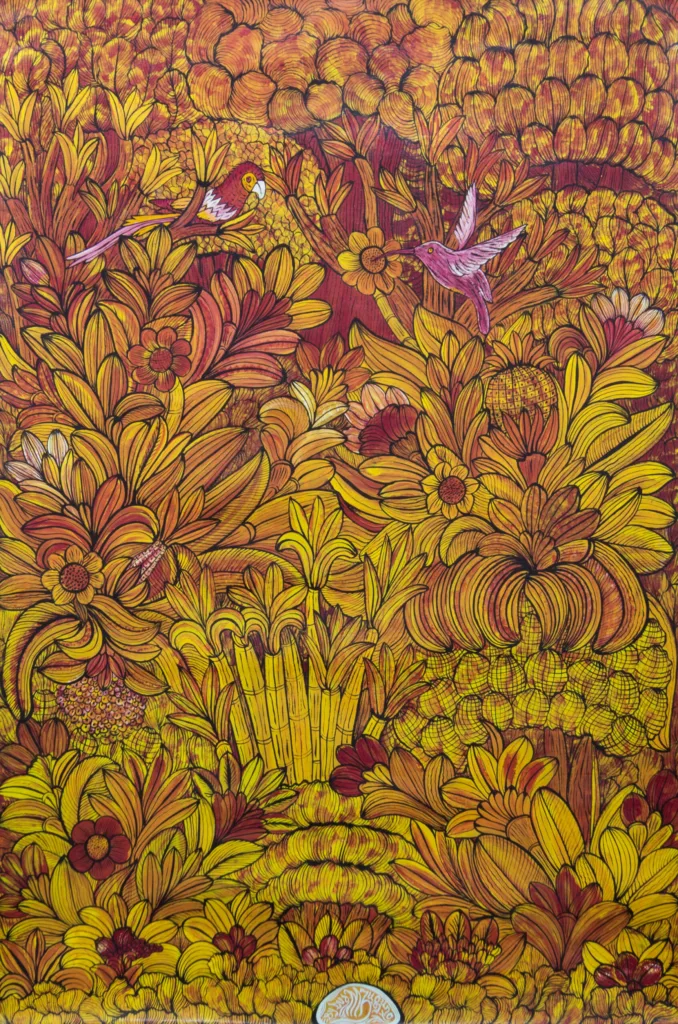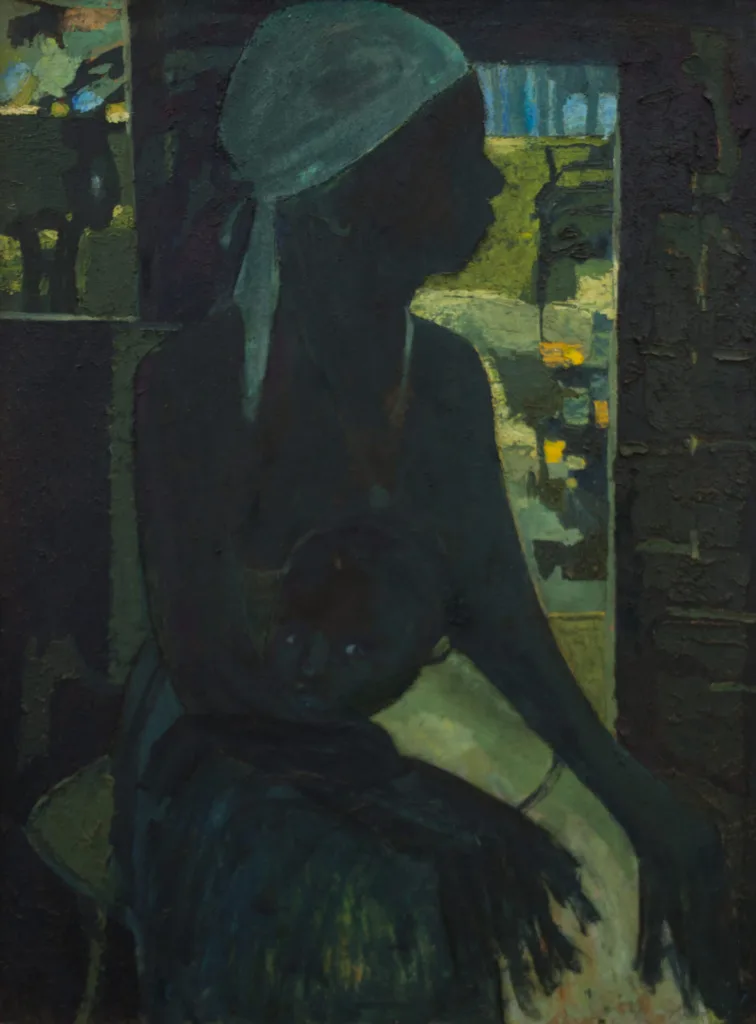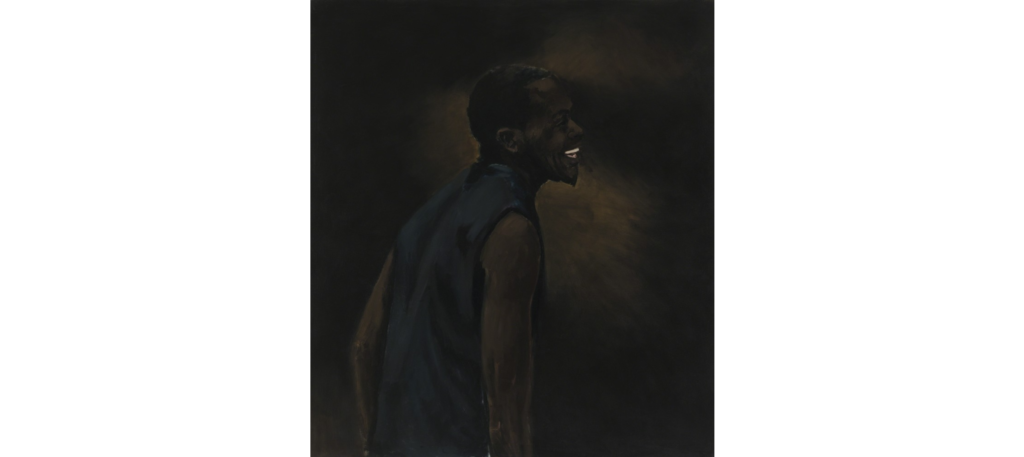Delving into the world of African art at the Art Auction East Africa, I conversed profoundly with Danda Jomerlik, the head of the event. The walls of the Circle Art Agency were adorned with captivating pieces paying homage to the African soil. This sparked my contemplation on how young African artists continue to portray their ever-changing environments.

Danda emphasized the diverse influences shaping emerging artists, drawing inspiration from mediums and styles influenced by iconic figures such as George Lilanga, Yony Waite, and Theresa Musoke. This article will delve into specific influences emanating from Art Auction East Africa. This exploration will shed light on the enduring impact of historical figures, showing the evolution of how various contexts and environments are portrayed.
The evolution of photography over the past decade stood out prominently. Artists like Aidah Muluneh and Yagezi Emezi followed in the footsteps of The Tati Series (1997) by Samuel Fosso. This series captured the West African household in liberated colors, symbolizing growth and evolution. Thandiwe Muiru’s recent exhibition at the Goethe Institute exemplified this evolution, celebrating the modern woman through bold portraits and a fusion of muses with their environment, cleverly camouflaged.

Image courtesy of Artsy

Image courtesy of Artsy.
Transitioning to sculptures and installations, artists such as El Anatsui and Anthony Akinbola communicated intimate messages. El Anatsui’s installation at The Tate Modern, employing aluminum bottle tops, explored the effects of migration and globalization. Simultaneously, Anthony Akinbola’s durag installations at Sean Kelly’s “Sweet Tooth” delved into modern aspects like self-image and identity, using vibrant colors and diverse materials to create a joy motif. Both artists exhibit connected artistry that centers around the impacts of various environments, represented through unconventional materials like durags and bottle caps.
Transitioning to expressionist works, Fabian Mpaji‘s works, with their muted tones, offered a glimpse into specific environments and contexts. His piece “Untitled (The Artist’s Mother and Younger Brother),” circa 1977, portrays an African mother and child in a house reminiscent of traditional East African homes at night. The muted colors created a distinct motif, evoking personal memories of rural evenings.

Untitled (The artist’s mother and younger brother), circa 1977. Oil on board. 92 x 68.7 cm. Image courtesy of Art Auction East Africa.

Oil on canvas
71 × 63 in | 180.3 × 160 cm.Image courtesy of Artsy.
In the same respect, Lynette Yiadom-Boakye, a revolutionary figure, has contributed significantly to the renaissance of the black figure. Her deliberate omission of temporal associations and the portrayal of figures against enigmatic, monochromatic backgrounds created timeless and emotionally evocative art. Her depictions, with contemplative poses and gestures, fostered relatability, transcending specific eras.
The East African art auction at Circle Art Gallery served as a foundational exploration into the diverse mediums, styles, and contexts of African artists. As I navigated through this artistic journey, it became evident that the Art Auction East Africa is not just a marketplace but a dynamic platform showcasing the evolving narrative and richness of African creative expression across various mediums.


